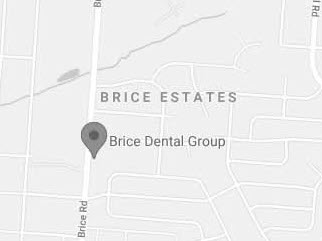Tooth decay, if left untreated, can lead to significant damage to your tooth and, in some cases, tooth loss. While some signs of decay may prompt a visit to the dentist, other issues may go unnoticed until a routine checkup.
The process of decay usually starts with a small area of damage that isn’t immediately visible. Bacteria begins to attack the tooth, causing decay to spread. This can lead to the formation of cavities, which, if not addressed, can progress deeper into the tooth. When the decay reaches the pulp, the innermost part of the tooth, it can cause significant damage and lead to symptoms that are hard to ignore.
If decay has reached the pulp, common signs to look for include:
- Pain when biting, chewing, or even lightly touching the tooth
- Sensitivity to hot or cold substances, ranging from mild to severe
- Swelling or inflammation near the affected tooth’s gum line
- Persistent discomfort in the area surrounding the tooth, such as headaches or earaches
- Bumps or sores near the damaged tooth
- Difficulty eating or performing normal mouth functions
If you notice any of these symptoms, it’s important to consult your dentist right away. Root canal therapy is often recommended to remove the infection and repair the damage. This involves cleaning out the infected pulp, filling the tooth, and sealing it to prevent further harm. A crown may also be placed on the tooth to provide added protection.
Root canal therapy is an effective solution to restore a damaged tooth and eliminate the symptoms you may be experiencing, allowing you to regain comfort and proper function in your mouth. Your dentist will guide you through the process to ensure a safe and successful outcome for your oral health.
Do not wait any longer. Book your appointment now and achieve the smile you have always wanted. Saniya Kamran


